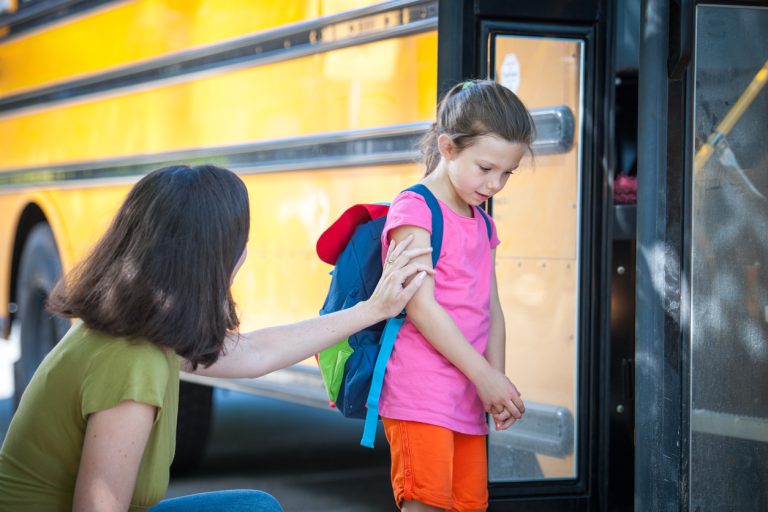How a Community Council on Child Care Can Help Families Succeed
As parents and providers know well, each school year presents new challenges for child care programs. Providers are often forced to make difficult decisions about how to operate their business, care for the children transitioning between child care and school, and meet the unique needs of the families they serve.
Fortunately, providers don’t have to face these challenges alone. In fact, because providers often need to make fraught decisions that affect a diverse spectrum of kids and adults from across the community, input and guidance from different perspectives can help providers offer higher-quality, more equitable care, which benefits both families and employers.
One great way to achieve this is to create a community council on child care — composed of community members, employers, and other stakeholders who understand the challenges that families, providers, and businesses face.
Here are four ways that a community council can work to mitigate the specific child care challenges unique to your local area.
1. Represent diverse communities and children’s perspectives
It’s important to include members on the council who represent diverse communities in your area, including BIPOC (Black, Indigenous, People of Color) individuals, LGBTQ+ families, households with incomes below the local average, rural residents, single parents, parents of children with special needs, refugees and immigrants, and those with different cultural traditions or who speak different languages.
In addition, consider asking school-age children to join the council or creating a Kid’s Council. It’s easy for adults to forget what it’s like to be a young child, but kids themselves can offer ideas about how to help their peers successfully transition from a child care setting to elementary school.
2. Promote safety and emergency preparedness
A community council on child care is the ideal group to host annual events for child care providers, children, schools, and families to learn about school bus safety and emergency preparedness from local emergency personnel.
Events like these promote open communication and a single, cohesive message. Everyone receives the same information, helping responders establish more uniform responses across the community.
It’s especially important to get schools and child care programs on the same page regarding emergency response practices and scheduling adjustments due to inclement weather, evacuations, and other disaster scenarios.
3. Tackle big issues no individual could solve alone
Addressing bigger topics of concern takes a team of stakeholders who can each do their part to create positive changes for children and child care providers. Collaboration of this kind brings people together to identify obstacles and find solutions regarding:
- Transportation
- Community resource organization
- Policy creation or revision
- Continuity of care practices
- Information sharing
For example, many families struggle with transportation, which directly affects child care and ultimately impacts the workforce and community.
A community council can look for solutions by assessing current transportation policies, especially those related to transporting children.The council can collaborate with city governments and school districts to approve specialized bus routes that include pickup and drop-off at child care programs.
Brainstorming sessions can bring up other innovative ideas, like creating a volunteer program for community members to help transport children or walk them to and from school.
4. Address teacher shortages
Teacher shortages is another major topic of concern that significantly affects child care. Many families and child care programs have no backup for teacher absences or program closures.
Collaborating with school districts to establish a “sub hub” to share substitute teachers that are willing to sub for child care providers could help reduce the number of days that a child care program must stay closed — which in turn reduces work absences for parents, guardians, and other family members.
The community council can also collaborate with the school district to help educate families and children about the different types of regulations and policies they may encounter as they transition between child care programs and K-12 schools.
For families to thrive, communities must find ways to overcome the obstacles that inhibit family success. Working together to provide support for child care programs and families with children is key to building strong, successful communities.
Learn more about what people in various roles can do to help improve child care in your community.
-

Child Care Aware of Kansas
Child Care Aware of Kansas connects everyone with a stake in child care — parents, child care providers, businesses, local and state leaders, and community members — to the information and ideas they need to take action. We provide opportunities, connections, and support for Kansans to envision what a better child care system can look like for them. Working within a network of Child Care Resource & Referral agencies, we also connect caregivers and providers to the information and support they need.






